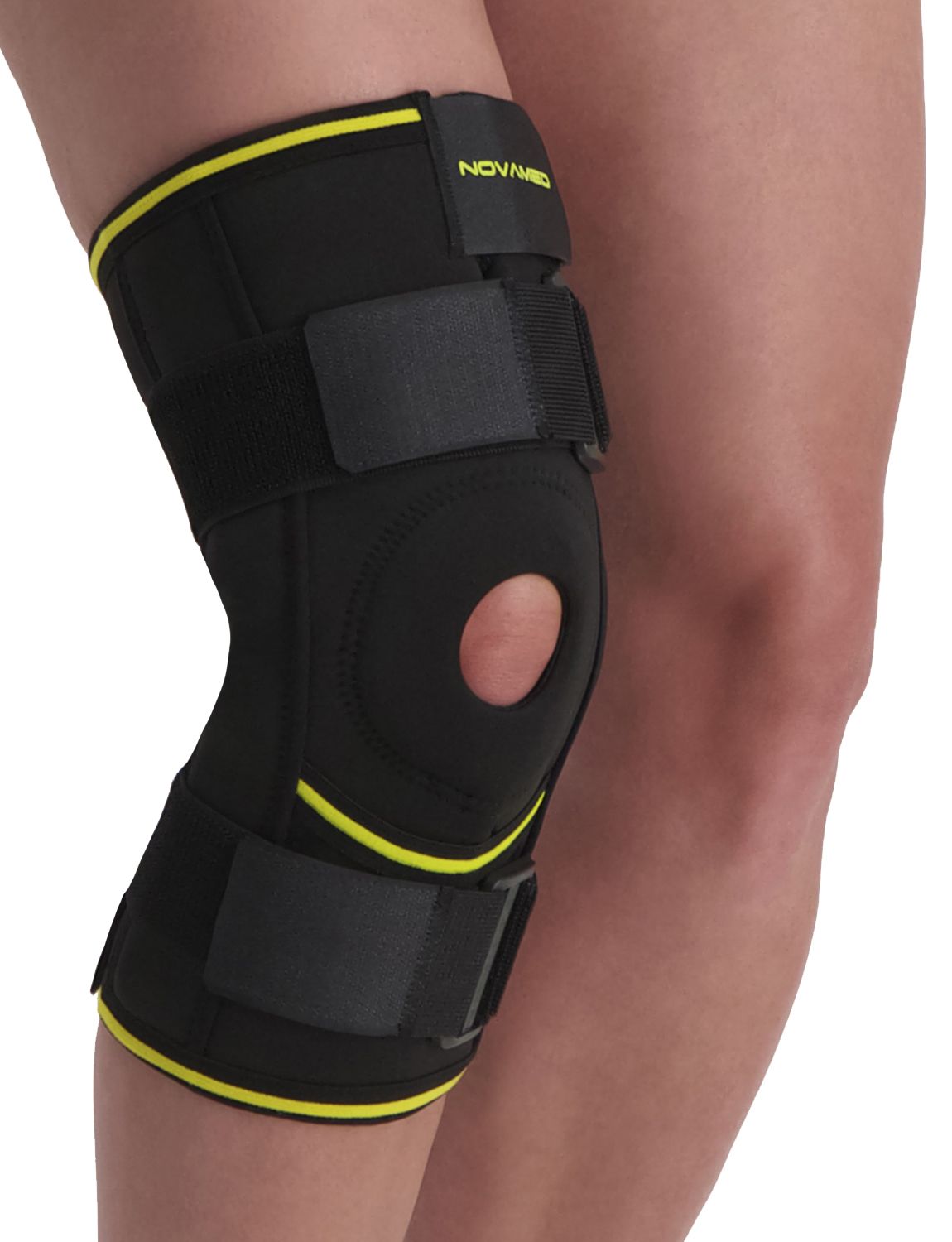Cruciate Ligament Rehabilitation
If you are experiencing ligament injury in your knee, it is wise to seek professional help. A proper diagnosis—through X-rays or physical examination—is important to identify the root of the problem. The causes and symptoms of ligament damage are evaluated and addressed accordingly. Common signs of ligament injury include the knee giving way, persistent discomfort, and symptoms that occur during sports activities.
Treatment for ligament injuries
If you suspect ligament damage, it is best to cool your leg and elevate it. A compression bandage can be helpful, but it should be removed regularly for cooling. If you have a grade 2 or 3 ligament injury, it is necessary to visit a doctor or emergency department for a proper diagnosis. Grade 2 refers to a partial tear of the ligament, while grade 3 indicates a complete rupture. Typically, a physical examination and an X-ray are used to determine the severity of the injury by a specialist.
For grade 1 and 2 injuries, rest and physiotherapy are often sufficient. The most severe pain usually subsides after two weeks, although full recovery will take longer. The physiotherapist will guide you through exercises to regain knee mobility and build muscle strength.
Among people with a torn ligament, approximately one-third experience no further issues after the acute phase. Another third faces problems in daily activities and may qualify for ligament reconstruction surgery. The remaining group experiences discomfort only during high-impact sports.
Surgery is only possible once the body is fully grown and is performed under general or local anesthesia. The procedure takes about one to two hours. A piece of the patellar tendon is typically used to reconstruct the ligament. It is anchored to the thighbone and shinbone at the original ligament location. Alternatively, a tendon from the hamstrings may be used.
After surgery, you will not be able to resume sports immediately. You will need to learn how to walk with crutches, initially allowing only your toes to touch the ground. The following weeks will focus on reducing swelling. After about four weeks, you can usually walk without crutches, ride a bike, and drive again.
After approximately six weeks, the tendon will have attached to the bone. Around six months post-operation, the tendon will have transformed into new living ligament tissue. In consultation with your physiotherapist, you can begin rotational movements around 12 weeks after surgery and return to contact sports after six to eight months. The new tissue will regain about 80% of its original strength.
To support recovery from surgery or a sprain, wearing a brace is highly recommended. At Podobrace, we offer a range of knee braces that assist during the rehabilitation process.

Bauerfeind GenuTrain S Hinged Knee Support

Morsa GenuBerg M4 Hinged Knee Support

Novamed Lightweight Hinged Knee Support

Novamed Knee Support with Adjustable Hinges

Novamed MAX Hinged Knee Support with Crossed Straps

- Physiotherapist
- Sports podiatrist
- Manual therapist
- Podopostural therapist
- Myofascial dry needling specialist


